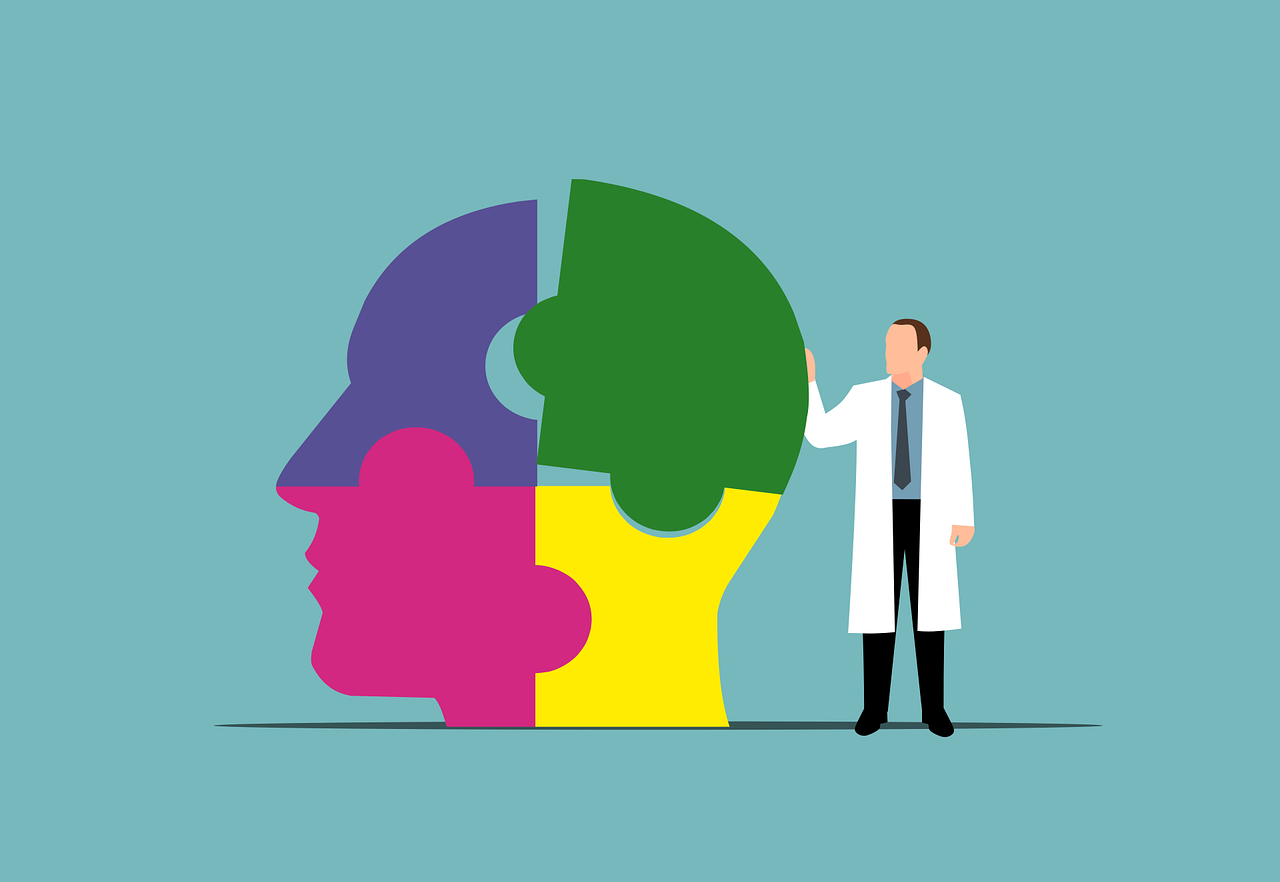
Nuclear medicine can be used in the treatment of hyperthyroidism.
Nuclear medicine is a medical specialization that uses radiopharmaceuticals to make diagnoses and carry out treatments. It allows us to detect diseases in their initial stages, apply a therapy aimed at specific cells and control how the body responds to the intervention in question, for example.
When a radiopharmaceutical is introduced into the body, it is possible to follow its journey using special cameras (such as the gamma camera ). This information is used to obtain images that reveal how tissues and organs function and show possible alterations. Likewise, radiopharmaceuticals can bind to certain cells and destroy them through radiation .
History of nuclear medicine
The origin of nuclear medicine dates back to 1896 . In that year, Henri Becquerel warned that uranium emitted radiation that until then was unknown and that was not linked to an external energy source. Becquerel came to his discovery from the discovery of X-rays that Wilhelm Röntgen had achieved a year earlier.
It was Marie Curie who, building on Becquerel 's work to advance research, named the phenomenon radioactivity (or radioactivity ). In fact, the 1903 Nobel Prize in Physics was shared by Marie and her husband Pierre Curie with Becquerel .
The trials continued and it didn't take long for health-related tests to begin to be developed. Eugene Bloch and Henri-Alexandre Danlos appealed to radioactivity in 1901 to treat lesions caused by tuberculosis.
Two years later, Alexander Graham Bell proposed applying radium to tumors. Later, in 1913 , Frederick Proescher investigated the intravenous application of radium in different diseases.
Over time it was discovered that high doses of radiation were harmful to health. Another key step in the history of nuclear medicine took place in 1926 , when Hermann Blumgart studied the speed of his own blood flow by injecting bismuth-214 .
The creation of the cyclotron to accelerate particles and generate radioactive isotopes by Ernest Lawrence in 1931 made it possible for five years later his brother (John Lawrence ) to begin the therapeutic use of artificial radionuclides for the treatment of leukemia. In the following decades, progress was made with studies on radiotherapy, aiming to achieve radiological safety from dosimetry (which measures radiation exposure in the diagnosis and treatment of conditions so that the absorbed dose is not harmful).

The diagnosis of Alzheimer's disease can be achieved with nuclear medicine tests.
Its characteristics
Nuclear medicine is based on the use of radiopharmaceuticals , also known as radiotracers or radioprobes . These elements are compounds that have carrier molecules tightly bonded to a radioactive atom (referred to as a radionuclide , radionuclide or radioisotope ).
The characteristics of radiopharmaceuticals vary depending on the purpose of the procedure. Depending on the purpose, different molecules and radionuclides are used. These radiotracers are usually administered intravenously , although direct injection into an organ, oral ingestion or inhalation can also be used.
It should be taken into account that radiopharmaceuticals have to comply with the regulations of health authorities to ensure safety. In the case of natural radionuclides , such as radium and uranium , today we know of their high toxicity and the long extension of their half-life, which is why they are not used clinically in nuclear medicine. The radionuclides that are usually used are produced artificially by bombardment of charged particles or neutrons or by nuclear fission .
The most frequent use of nuclear medicine consists of diagnostic imaging . By supplying a radioactive material to the body and then proceeding with the corresponding scan, it is possible to know the molecular activity inside the body, allowing the identification of heart disease, neurological disorders and different types of cancer and observing how patients respond to a therapy . Beyond radiodiagnosis , another possibility is the development of radionuclide therapy .

Nuclear medicine allows the development of gastrointestinal motility studies.
Examples of nuclear medicine
Positron emission tomography (PET) is an example of nuclear medicine. It is used to generate 3D images based on how radiopharmaceuticals are distributed in the patient's body, recording the energy generated in the form of photons with the reaction of positrons and electrons. This is how the detection of cancer and the detection of bone metastases are achieved, to mention a few possibilities.
Another example of nuclear medicine is single-photon emission computed tomography (SPECT) , which also produces three-dimensional images. In this case, gamma camera detectors are used that record the gamma ray emissions of radiopharmaceuticals. This technique can help in the diagnosis of neurological diseases by providing a functional brain image. It also serves to detect bleeding in the intestines and blockages in the coronary arteries.
As for radiotherapy , it consists of applying ionizing radiation to destroy tumors and malignant tissues. This may be brachytherapy (sealed sources that are in contact with tissues) or external beam therapy .
As an example of nuclear medicine and radiotherapy we can mention radiation oncology , which makes possible the treatment of liver tumors and the radioactive iodine treatment of thyroid cancer, among other processes.
It should be considered that nuclear medicine contributes to obtaining information that cannot be obtained through other procedures. As a diagnostic method, it is more precise and economical than exploratory surgery; As a therapy, it usually has fewer side effects and is shorter than other cancer treatments .
